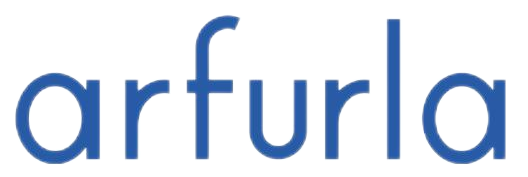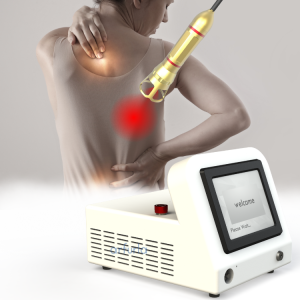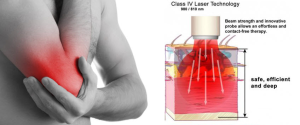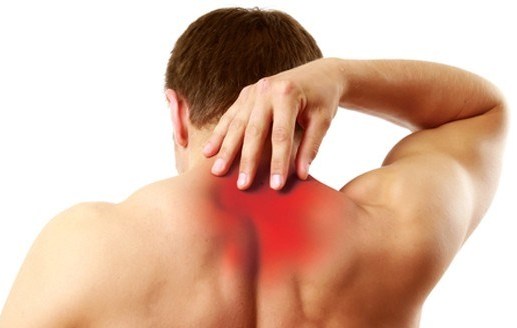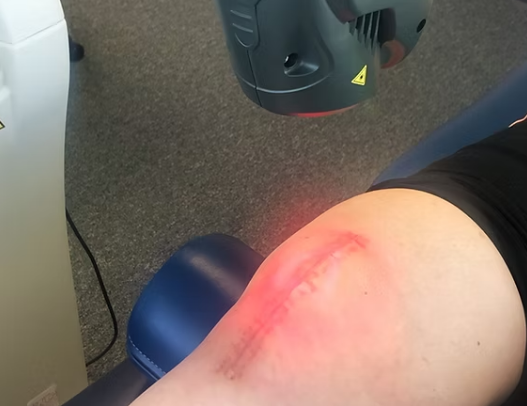Physiotherapy Laser Treatment: A Comprehensive Analysis from Principles to Applications
Introduction to physiotherapy Laser Treatment
A 980nm laser machine is a semiconductor laser therapy device that uses a wavelength of 980nm, belonging to high-energy laser therapy technology. This wavelength is in the near-infrared spectrum range, possessing excellent tissue penetration capabilities, enabling it to reach deep tissues and effectively promote cell repair and regeneration.
Working principle: The 980nm laser penetrates deep into skin tissue through photothermal and photobiological modulation effects, activating cell function, promoting blood circulation, and improving cell metabolism. The laser beam can be concentrated in the treatment area, stimulating intracellular biological reactions, thereby reducing pain and promoting tissue healing by accelerating blood circulation and promoting metabolism.
Core advantages
- Deep penetration capability
980nm wavelength lasers have excellent tissue penetration capabilities, reaching a depth of 7-10cm, while traditional weak lasers and LED red light can only penetrate 0.5-2cm. This deep penetration characteristic allows it to reach deep muscles, joints, and nerve endings.
- High energy output
With a maximum power of 30W, the energy intensity is high, enabling treatment to be completed in a short time and significantly shortening the treatment course. The painful area can feel the warmth after just 3 minutes of irradiation.
- Non-invasive and painless
Utilizing non-invasive technology, this treatment requires no surgery or injections, avoiding the trauma and pain associated with traditional methods. The treatment process is gentle and comfortable, and patients need not worry about side effects or recovery time.
- Intelligent temperature control protection
Equipped with an advanced temperature control and monitoring system, the laser automatically stops outputting when the temperature of the treatment area reaches the set value during operation, avoiding burns and ensuring treatment safety.
Treatment effect
Clinical efficacy
- Pain relief: Most patients experience significant pain relief within a short period after treatment, and some patients even experience comfort after their first treatment.
- Tissue repair: Promotes new blood vessel formation, accelerates the healing of injured tissue, and promotes collagen production.
- Inflammation subsides: Increases macrophage and lymphocyte activity, eliminates edema and inflammation.
- Functional recovery: After multiple treatments, patients experience faster functional recovery and a significant improvement in their quality of life.
Specific therapeutic indicators
- Promotes new blood vessel formation, increases oxygenated hemoglobin, and accelerates tissue healing.
- Promotes collagen production, and facilitates collagen deposition and cross-linking.
- Improves muscle atrophy and promotes muscle regeneration and repair
- Promotes nerve regeneration, growth factor proliferation, and nerve growth and myelin formation.
- Promotes cartilage formation and increases the formation of chondrocytes and collagen.
Treatment indications
- Pain Management
- Chronic pain: neck, shoulder, back and leg pain, cervical spondylosis, lumbar disc herniation, myofascitis, osteoporosis, frozen shoulder, tennis elbow, etc.
- Acute pain: sports injuries, sprains, strains, muscle and ligament injuries, ankle sprains, etc.
- Neuropathic pain: facial nerve palsy, trigeminal neuralgia, glossopharyngeal neuritis, postherpetic neuralgia, central nervous system pain, etc.
- Inflammatory diseases
- Bursitis, carpal tunnel syndrome, edema, effusion, myofascitis, plantar fasciitis, rheumatoid arthritis, etc.
- Chronic inflammatory diseases such as autonomic nervous system dysfunction and tendinitis
- Treatment of skin diseases
- Onychomycosis (fungal nail infection): Utilizes laser technology to irradiate the affected nail, killing the fungus without damaging normal tissue.
- Redness on the face: Removes facial redness through selective photothermolysis.
- Skin inflammation: Skin problems such as eczema, herpes, psoriasis, and urticaria.
- Skin-rejuvenating and anti-inflammatory: Stimulates collagen regeneration, improves skin texture, and has anti-inflammatory effects.
- Postoperative rehabilitation
- Early intervention after surgery helps wound healing and reduces postoperative pain.
- Treatment of refractory wounds such as burns, bedsores, and diabetic foot.
- Other Applications
- Daily health maintenance to relieve muscle fatigue and accelerate post-exercise recovery.
- Relieves menstrual cramps, provides treatment for intimate areas, etc
Technical features
Biological effect mechanism
- Photothermal effect: Laser energy is absorbed by tissues, generating heat and promoting local blood circulation.
- Photochemical effect: Activates light-sensitive proteins within cells, promoting cell metabolism and repair.
- Biostimulation: Enhances capillary permeability, promotes the absorption of inflammatory exudates, and improves the phagocytic function of leukocytes.
Treatment depth and efficiency
- Tissue penetration depth: up to 10cm, which is 5-20 times that of traditional phototherapy.
- Treatment time: Short treatment time per session, significant effects, suitable for modern fast-paced lifestyles.
- Treatment schedule: Depending on the severity of the condition, multiple treatments are usually required, with each treatment spaced 1-3 days apart.
Physiotherapy Laser Treatment, as a modern physical therapy technology, has demonstrated remarkable clinical effects in multiple fields such as pain management, rehabilitation therapy, and skin disease treatment, providing patients with a safe, efficient, and non-invasive treatment option.
For more information, please follow our social media accounts:
https://www.instagram.com/arfurla980nm1470nmendolaser/
https://www.facebook.com/Arfurlalaser
WhatsApp: +86 15382895171
Email: nancy@arfurla.com
Another website: www.arfurlamed.com
